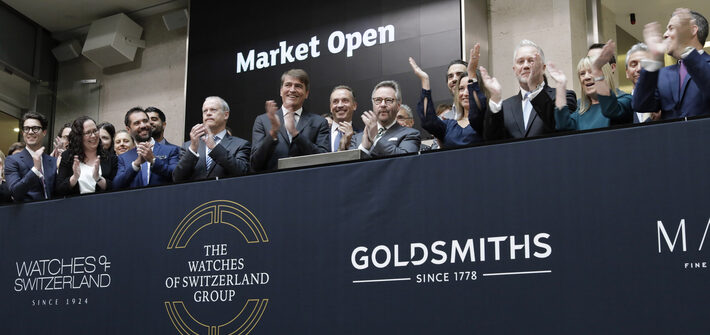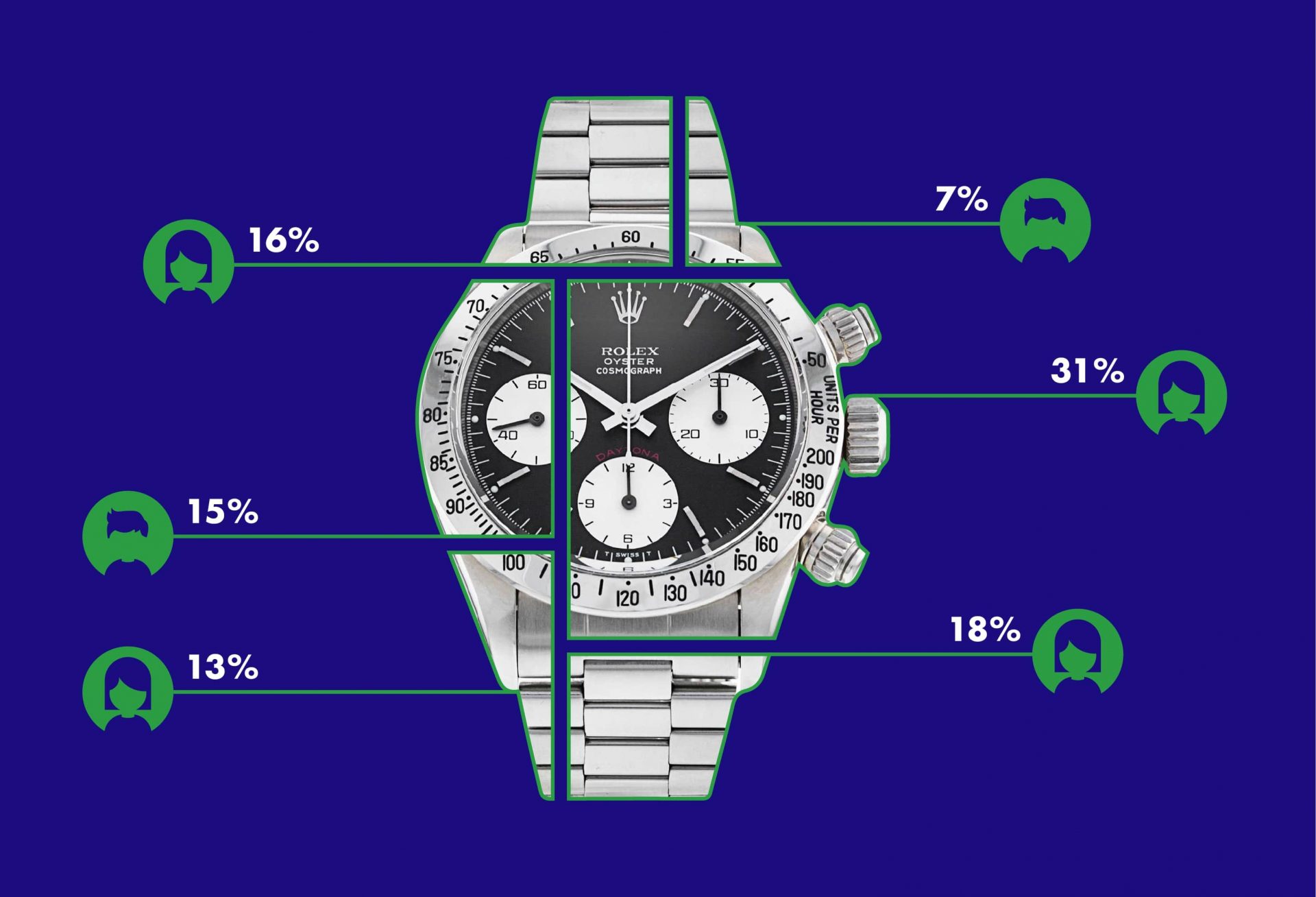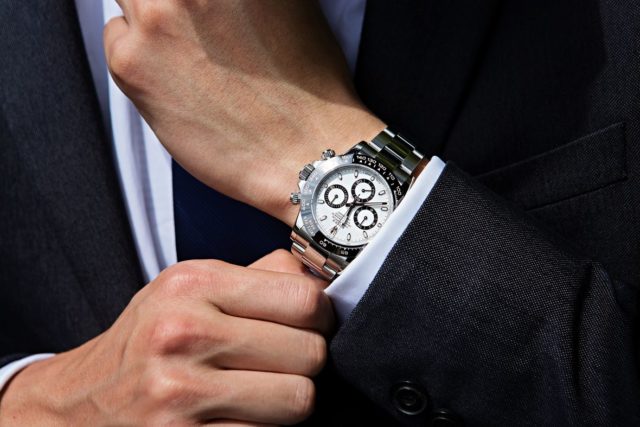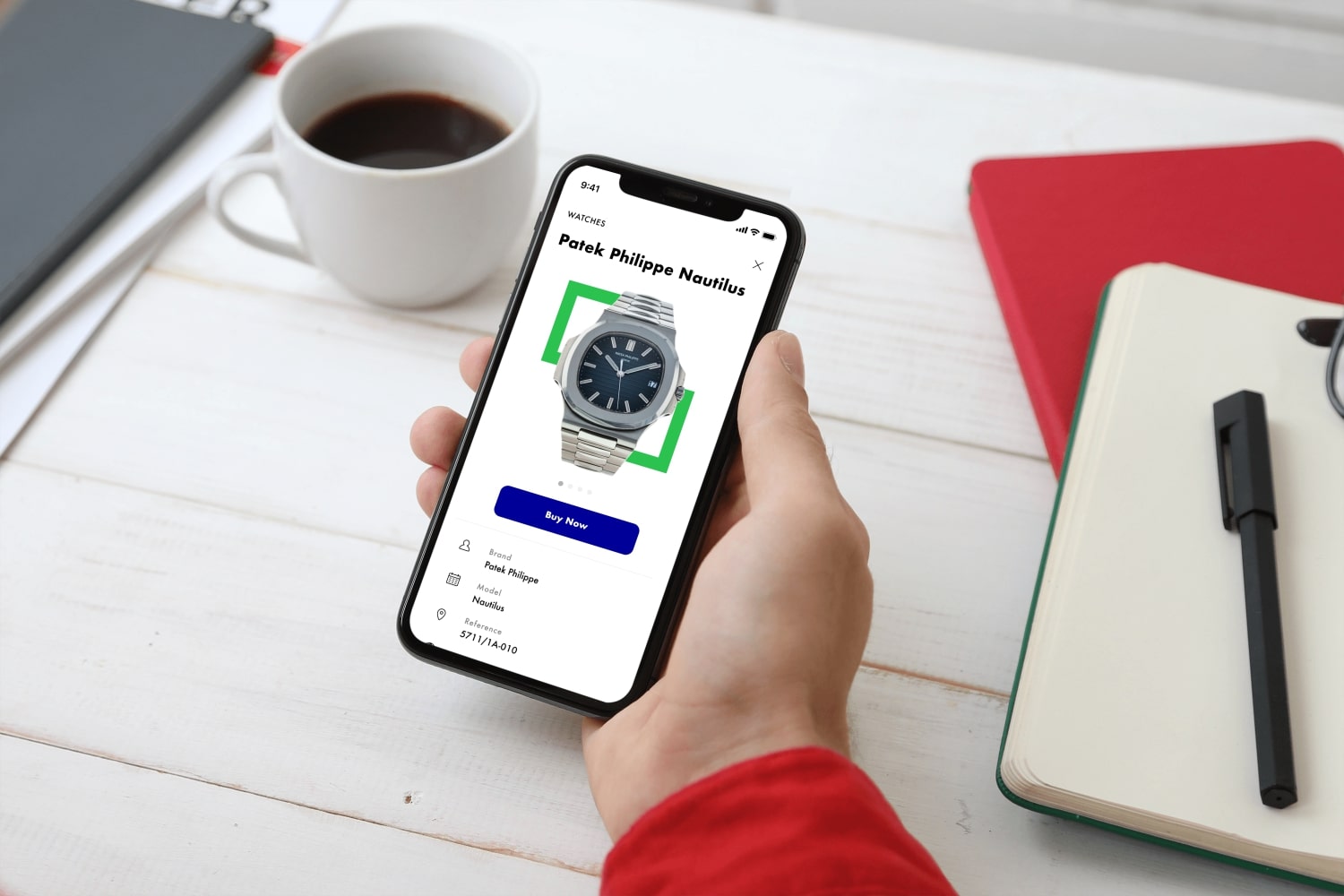The pre-owned watch market is booming. While the primary market is expected to grow 1% per year, the growth rate in the pre-owned segment is 8-10% per annum. Limited supply paired with growing demand for luxury watches, has resulted in rising prices and increased trading activity on the secondary market.
Because prices of certain luxury watches have gone up significantly over the past few years, watch lovers and speculators alike are starting to increasingly consider watches as an alternative form of investment. In this article we’ll provide a quick intro to watch investing, with the main focus on how to actually get started – at any budget!
As the investing market continues to grow, WatchPro hears from Koia on the growth of the market, the in and outs of investing and what its position is in the space:
Why invest in luxury watches?
There are typically 3 key reasons to invest in watches:
- Increase in value. Luxury watches have potential to increase in price, with various reasons for why these investment watches can go up in value.
- Diversification. Real assets can act as a good hedge against inflation, as well as providing a way to diversify your investment portfolio.
- Passion. The goal of an investment is to make money, but if you’re interested in watches it can simply be more fun to invest in (and wear) a watch than invest in a mutual fund, for example.
Interested in getting started with watch investing? Check out new alternative investment platform Koia, which allows you to buy fractions of iconic assets starting from €50.

Expected returns of watch investing
Firstly, the vast majority of watches will depreciate in value. Only a handful of models from well known brands could be deemed ‘investable assets’. Likewise, as with any investment, it is impossible to predict how the market will develop in the future, but we can of course take a look at prices over the past years. There are four distinct price categories to consider:
1 – Recommended Retail Price
Firstly, the recommended retail prices (RRP) of many watch brands have been increasing above the rate of inflation. In 2020, for example, Rolex increased their prices by 7.4%. An increase in the RRP of new models historically has resulted in discontinued similar models increasing in price on the secondary market.
2 – Retail vs. Secondary Market Prices
One thing to be conscious of when you hear collectors talk about watches doubling in price overnight, is that this may represent the price difference between primary (i.e. buying direct from an Authorised Dealer) and secondary market. Because there are long waiting lists on the primary market, the most popular models can sell for more than double on the secondary market: for instance watches like the Rolex Daytona 116500LN have a recommended retail price of around €12,500 and a secondary market price of around 3 times that, and this is the norm rather than the exception for collectable pieces.
As someone with a (recently gained) interest in investing in watches, you won’t necessarily be able to get your hands on watches in the primary market, so it makes most sense to look at increases in value in the secondary market, marketplaces like Chrono24 provide good data on price movements in the secondary market and WatchAnalytics does a good job highlighting some interesting pieces and their return in the primary and secondary markets.
3 – Overall Watch Market Prices
There is no one single “watch index”, but a widely used reference point is the Knight Frank Wealth Index. According to the index, watches have gone up in value by 5% over the last year and 89% over the last 10 years.
4 – Specific Brands & Models Prices
Specific brands and models have far outperformed the general market. Some factors that play a role are generic, such as rarity and brand, but other factors can include the likes of a model being discontinued or celebrities favouring the watch. To give some examples of specific watches with strong performance in the secondary market: various versions of Patek Philippe’s Nautilus have gone up by 150% in the secondary market over the past 3 years and Rolex’s Daytonas by 60%.
How to invest in luxury watches
Buying watches directly
The most obvious way to invest in watches is of course to simply buy one via an authorized dealer, via auction website or marketplaces. The advantages are full control and choice over which watch you want to buy, ability to shop around and compare prices and of course the ability to wear the watch. The disadvantages compared to some of the other options we’ll discuss below are that a higher level of knowledge is required, you’ll need to consider storage and insurance and depending on where you buy from you may have to be careful around authentication.

Buying stocks of watch companies
Many luxury watch brands remain in private hands, with Rolex being 100% owned by the Hans Wilsdorf Foundation, a private family trust; Patek Philippe owned by The Swiss Stern family, and Audemars Piguet also being family-owned since its founding.
The main other option to get exposure via the stock market, is to buy stocks in watch businesses. The most relevant example would be luxury watch retailer Watches of Switzerland, listed on the London Stock Exchange. In the last 12 months, it has seen its share price go up by more than 160%. Chronext also announced plans to go public, but has delayed its planned stock market debut.
As an aside, in the eyes of some investors the fact that the top luxury brands are family-owned is good news, since they are more incentivised to consider quality and long term-value, as opposed to making a quick buck while the market is hot.
Investing in Funds
You might wonder whether there are any funds you can invest in to get exposure to watches. The short answer is, no, such funds are not widely available. What we sometimes see in the market is that a group of wealthy collectors may have their own private “funds”, either formal or informal, where they pool money to buy watches. Due to regulatory restrictions in most countries, there are no exchange traded watch funds or funds akin to what exists in for example real estate with REITs whereby any retail investor can easily invest in alternative assets.
Fractional Investing
The latest form of watch investing comes in the form of fractional investing. Instead of buying a whole – say – €100,000 watch, you can buy only a fraction of the watch. Depending on the platform, minimums for these investments are often as low as €50. In Europe, new alternative investment platforms such as Koia are emerging allowing investors to invest in watches and other alternative assets. The way it usually works is that the investment platform buys up high-value watches or crowdfunds for a watch, places the watch in a company and lets investors invest in the company owning the watch and in that way get exposure to the underlying asset.
There are several advantages and disadvantages to the fractional model. The disadvantages are that you won’t be able to wear the watch as it’s held in a safe, and since it’s an emerging market there won’t yet be the same level of choice in watches compared to the market for buying watches in full. A huge advantage of fractional is that the minimum investment amounts are lower, making watch investing accessible for anyone and also allowing investors to invest in a greater number of watches and spreading the risk. Moreover, there is no hassle as the platforms offering these services typically take care of storage and insurance, and lastly there is a level of curation going into the assets put on the platform. The investment option that is right for you depends on your level of expertise, time you’re willing to commit, budget and goals.
In conclusion, there are various reasons to consider investing in watches, such as price appreciation and diversification. In order to get started, you can buy watches outright, investing stocks of watch-related companies or consider investing in a watch fractionally.
About Koia
Koia is on a mission to open up access to alternative assets and let anyone invest in what they know and love. Via fractional ownership, anyone can get access to alternative investments. Koia also takes care of sourcing, authentication, storage and insurance, so users get all of the benefits and none of the hassle.




This sounds exciting, I’ve always wondered how to get into the space without buying outright! Looks like a great fit to also invest and diversify the portfolio.
The investment mindset is what’s fueling an unsustainable bubble in the same small group of boring watches, and fractional investing is a Ponzi scheme where you don’t even get to touch the watch and show it off to your sucker friends. But I suppose fools deserve to be parted from their money, so please go ahead.